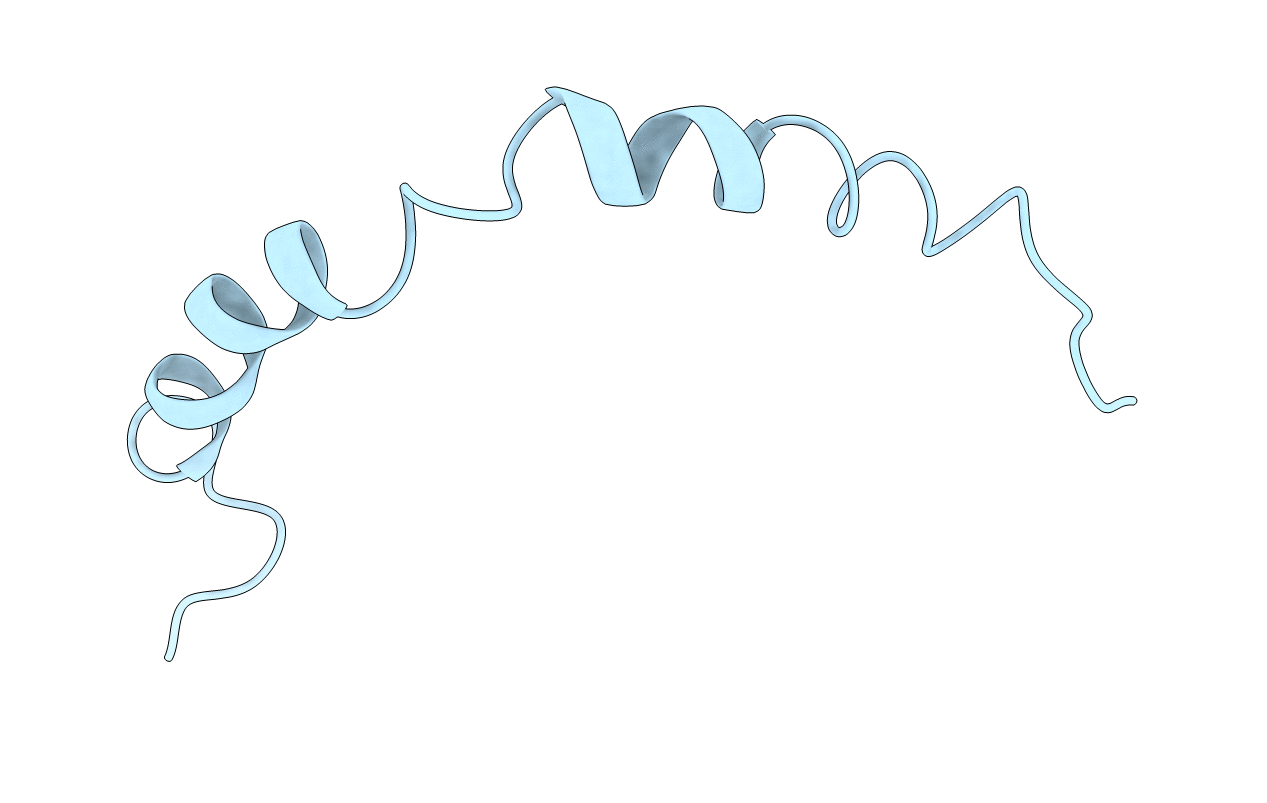
Deposition Date
1997-06-04
Release Date
1997-07-23
Last Version Date
2024-05-22
Entry Detail
PDB ID:
1GW3
Keywords:
Title:
THE HELIX-HINGE-HELIX STRUCTURAL MOTIF IN HUMAN APOLIPOPROTEIN A-I DETERMINED BY NMR SPECTROSCOPY, 1 STRUCTURE
Biological Source:
Source Organism:
Homo sapiens (Taxon ID: 9606)
Method Details:
Experimental Method:
Conformers Calculated:
50
Conformers Submitted:
1
Selection Criteria:
LOWER OPTIMIZATION ERROR AND NO DISTANCE VIOLATION GREATER THAN 0.5 A)


